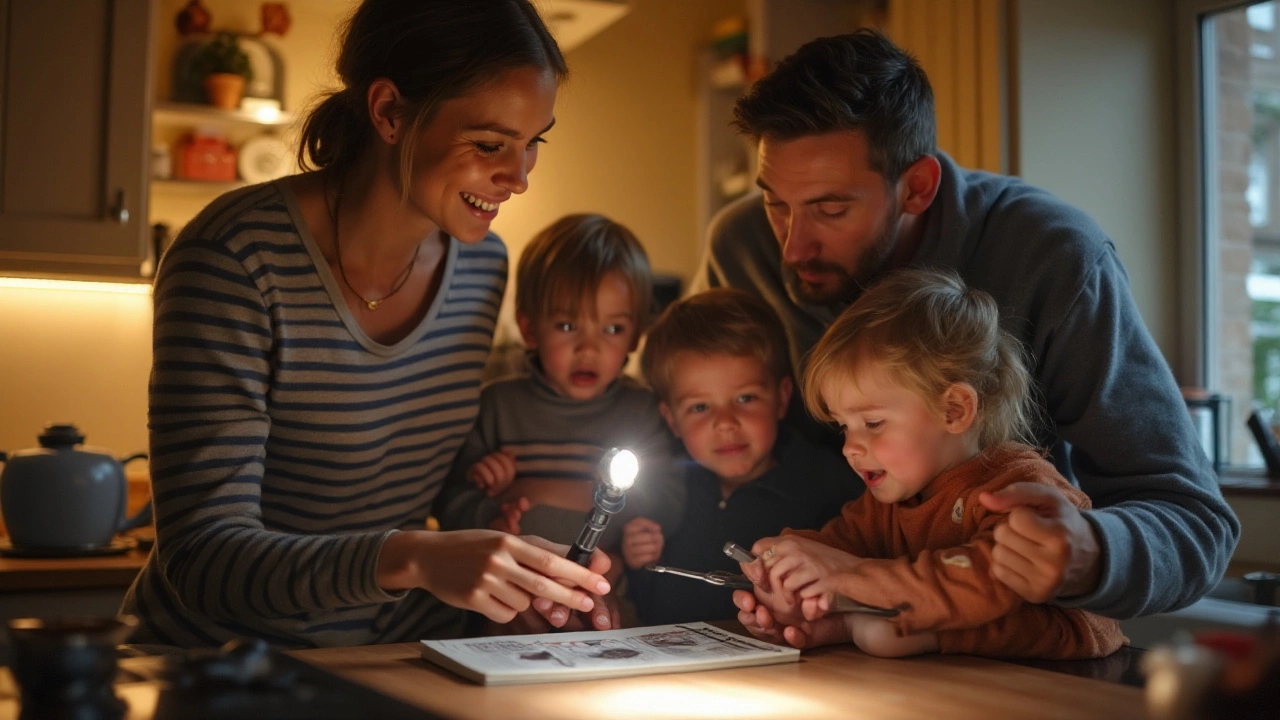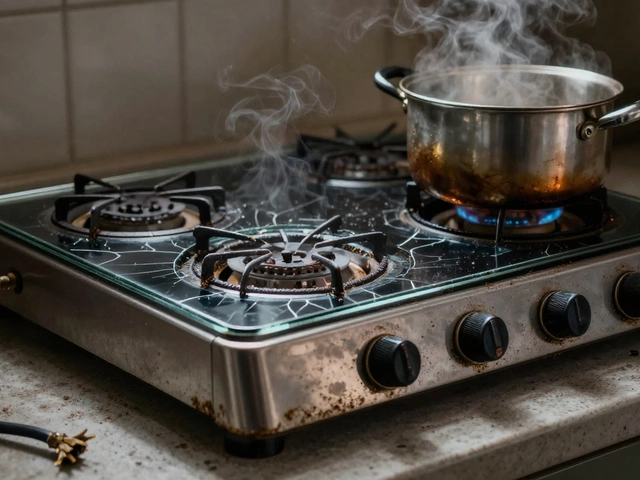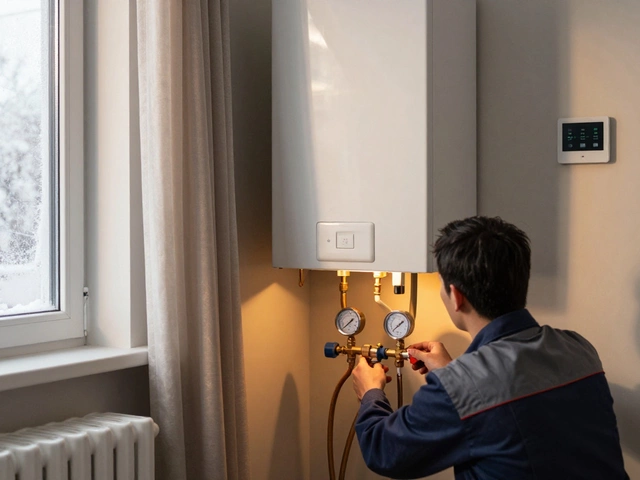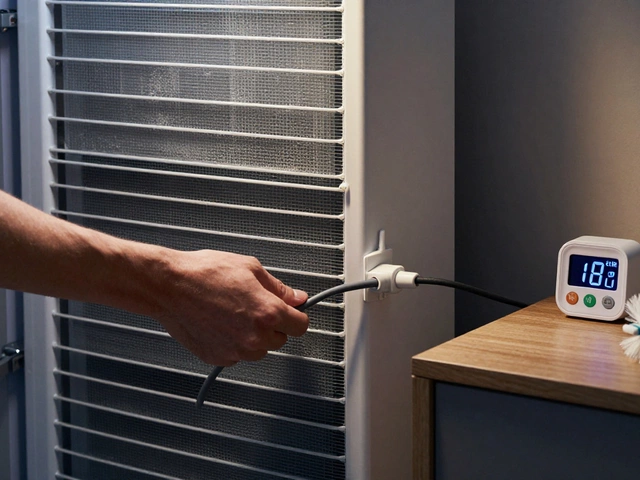Heating Problems? Quick Fixes and When to Call a Pro
Nothing feels worse than stepping into a chilly bathroom or trying to bake a cake in an oven that never gets hot. The good news? Many heating hiccups have easy fixes you can try before dialing a technician. Below we break down the most common causes and give you a step‑by‑step rundown for checking the basics.
Common Causes of Heating Issues
First, figure out what’s not heating. Is it your boiler, water heater, or oven? Each system has its own typical gremlins.
- Boiler won’t fire up: Low pressure, a tripped timer, or a dirty thermostat can stop the heat cycle.
- Water heater won’t stay hot: Sediment buildup, a faulty heating element, or a broken thermostat usually cause the problem.
- Oven stays cold: Bad heating element, a blown fuse, or a messed‑up control board are the usual suspects.
Knowing the likely culprit narrows down the steps you need to take. Most of the time the issue is something you can see or hear – like a ruler‑thin clicking sound on a boiler or a puff of smoke from an oven element.
Do It Yourself Checks Before Calling a Technician
1. Check the power. Make sure the appliance is plugged in and the circuit breaker hasn't tripped. It’s surprising how often a simple reset solves the problem.
2. Look at the pressure gauge. For boilers, the gauge should sit between 1 and 1.5 bar when the system is cold. If it’s lower, bleed the radiators or add water using the filling loop – most manuals show a quick three‑minute process.
3. Clean the filters. Water heaters and boilers have screens that catch debris. Turn off the power, remove the filter, rinse it under tap water, and replace it. A clean filter restores flow and heat.
4. Test the heating element. For ovens, disconnect the power, remove the element, and use a multimeter set to continuity. If the meter shows no continuity, the element needs swapping.
5. Reset the safety thermostat. Many modern boilers and water heaters have a reset button hidden behind a small panel. Press it for 5–10 seconds and watch if the system starts up again.
If these steps don’t bring the heat back, it’s likely a deeper issue – like a cracked heat exchanger, a failed gas valve, or a damaged control board. Those parts need a qualified professional to replace safely.
When you call a repair service, be ready with the details you just gathered. Mention the exact symptom, what you’ve already tried, and any error codes you saw on the display. Technicians can often schedule a visit faster and may even bring the right part with them.
Remember, regular maintenance prevents most heating disasters. Schedule a boiler service once a year, flush your water heater every two years, and give your oven a quick visual check for burnt spots. A little upkeep saves you time, money, and those uncomfortable cold showers.
Got a heating problem that still won’t budge after these checks? Reach out to a local expert who knows the ins and outs of Weymouth appliances. Quick action, professional help, and you’ll be back to warm rooms and hot water in no time.
Common Boiler Problems and How to Fix Them
- Alden Wilder
- Dec 14 2024
- 0 Comments
Boiler trouble is a common household woe, especially during the colder months. From leaks and low pressure to banging noises and lack of hot water, knowing these issues can help prevent major breakdowns. Identifying the root causes early and implementing effective solutions can save time and money. This guide covers common boiler problems, their symptoms, and practical tips for troubleshooting and repair.
View More




